Top 10 Incredible Superpowers of the Animal Kingdom
Superhero movie franchises have made well over $40 billion so far, according to data on box office receipts, which is a pretty good indication that people are ... read more...very into superheroes. But don't worry if you're starting to get a little tired of it all. The MCU has some incredible competition from nature itself. Why shouldn't the non-human animals of the world have superhuman abilities? In a way, it almost makes sense.
-
Superheroes who are worth their salt must be tough. They must be capable of taking a beating from characters like Thanos or Stilt-Man. Additionally, not all of them can be as powerful as the Hulk or as nearly invulnerable as Superman. Things must occasionally become a little gory and macabre, as they can in the life of a fire-bellied newt.
Many amphibians are renowned for their capacity for regeneration. They can regrow a toe or a tail if they lose one. Similar to that, but on an entirely different, inconceivable level, are fire-bellied newts. In tests, it was discovered that newts could regenerate their eyes 18 times in a row over the course of 16 years, with each regeneration producing eyes that were identical to the originals.
Newts are capable of recovering from extraordinary wounds, such as a damaged spinal cord, that would usually be fatal to most other life forms. Some newts can even produce new brain tissue to restore the organ once hypoxia, the shortage of oxygen in tissues that results in things like brain death, is overcome. Even cardiac injury can be repaired; newts can recover after losing 10% to 20% of their heart tissue.
Kingdom: Animalia
Phylum: Chordata
Class: Amphibia
Order: Urodela
Family: Salamandridae
Subfamily: Pleurodelinae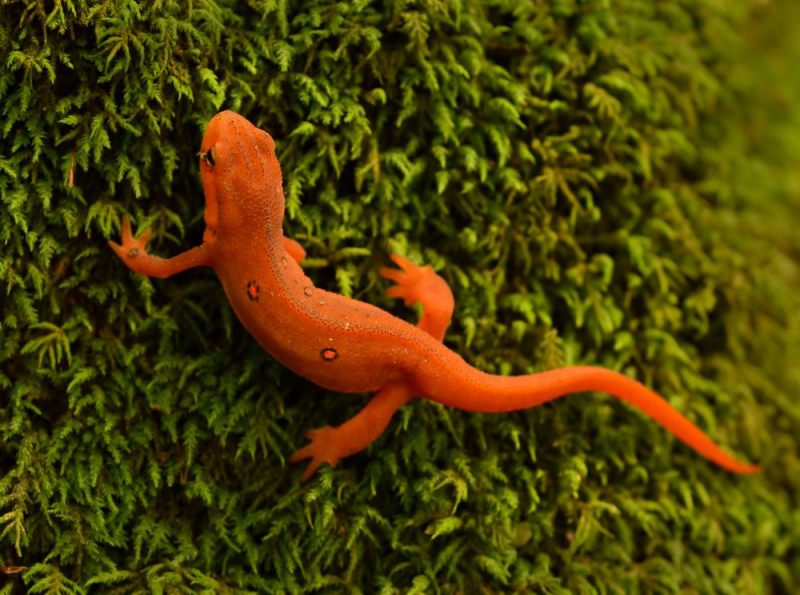
https://www.livescience.com/ 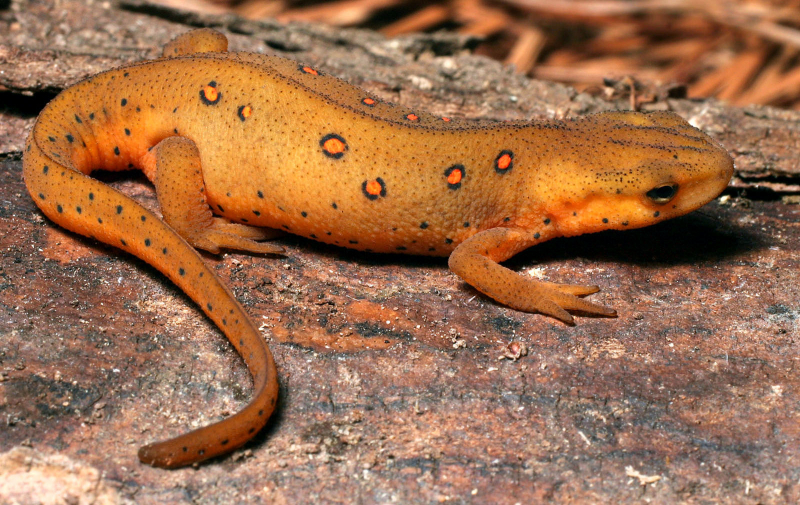
http://animaltheory.blogspot.com/ -
Depending on how loosely you wish to apply the concept, there are numerous living things you might use as analogies for Iron Man, such as turtles, armadillos, and clams. But do any of them possess Tony Stark's flair? There is. Its name is Fusarium oxysporum, and what it lacks in hip names it more than makes up for in hard work.
A fungus called Fusarium mines for gold. This pink fungus, which may be found throughout Australia, can find gold molecules in the soil and dissolve them. Small, thread-like tendrils that extend from the fungus as it develops. These tendrils entice the gold and get encrusted with it as a result. Additionally, scientists noticed that the fungus that discovered the gold expanded more than fungi that weren't able to do so.
There is little chance that you will see any golden mushrooms developing in the woods anytime soon because the process occurs in the soil and at a microscopic level. That being said, nobody knows if there was enough gold on hand.Kingdom: Fungi
Division: Ascomycota
Class: Sordariomycetes
Order: Hypocreales
Family: Nectriaceae
Genus: Fusarium
Species: F. oxysporum
https://www.researchgate.net/ 
https://www.sciencephoto.com/ -
It's unlikely that you would venture into the animal kingdom if you had the plant-growing prowess and green thumb of someone like Poison Ivy because it seems like most animals wouldn't even grasp how seeds and planting operate. And what's this? That's accurate. But just because a cougar is unaware that it is a fantastic farmer does not mean that it is untrue.
According to research, a huge predator like a cougar can spread tens of thousands of seeds over a wide area within their domain. That second element explains how cougars disperse and fertilize around 5000 seeds every square kilometer. As apex predators, cougars typically prey on herbivores. They consume creatures that consume seeds and plants, and those seeds pass through their digestive tract untouched. To keep the cycle running year after year, they may unintentionally plant up to 94,000 new fruits, flowers, and other types of plantlife as they move about their region.
Kingdom: Animalia
Phylum: Chordata
Class: Mammalia
Order: Carnivora
Suborder: Feliformia
Family: Felidae
Subfamily: Felinae
Genus: Puma
Species: P. concolor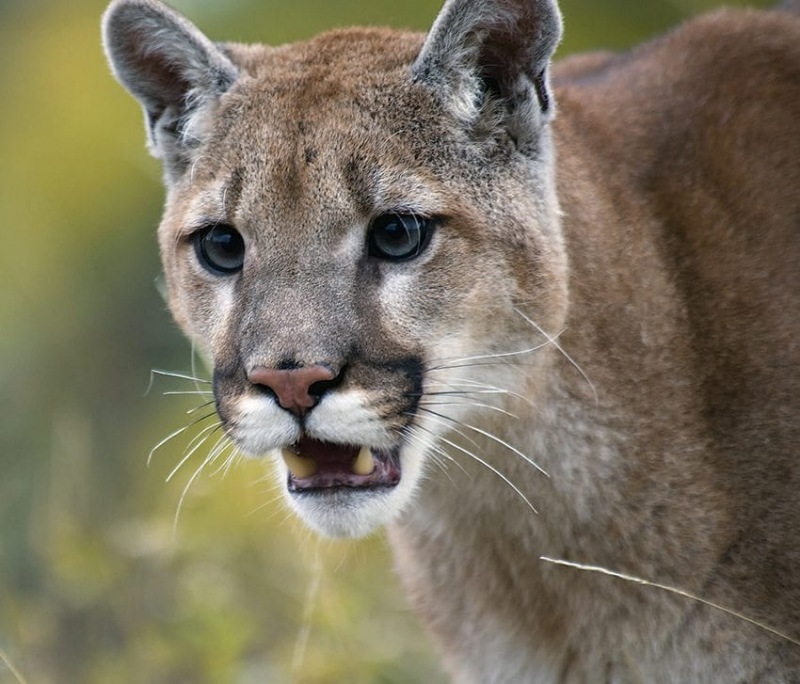
https://www.adirondackexplorer.org/ 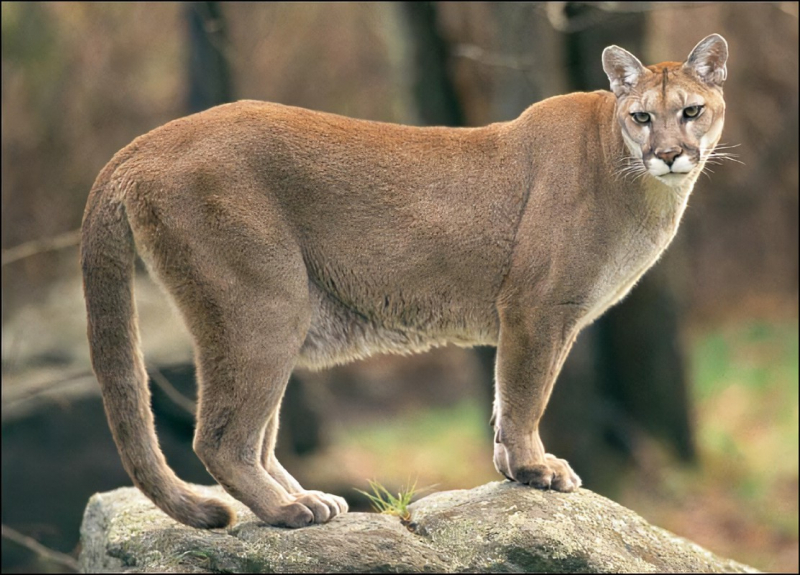
http://true-wildlife.blogspot.com/ -
One of the two species of ground-dwelling Australian birds that make up the genus Menura and family Menuridae is known as a lyrebird. The remarkable beauty of the male bird's enormous tail when it is fanned out in mating display and their impressive capacity to mimic both natural and man-made noises from their environment set them apart from other species. Lyrebirds are among the most well-known native birds of Australia and feature distinctive plumes of neutral-colored tailfeathers.
Australia is home to some amazing wildlife like lyrebirds. They dwell on the ground, have showy tail feathers, and blend in fairly well with their surroundings. A lyrebird, however, is unique in that it has the uncanny ability to duplicate virtually any sound that it hears. It utilizes this to try to entice a partner and can impersonate up to 20 different birds in a single song.
But the lyrebird doesn't just plunder the songs of other birds. Every sound they hear in the wild is picked up by their acute ears. This has resulted in some amazing films of these birds mimicking not just their feathered counterparts but also chainsaws, camera shutters, and even vehicle alarms. The impersonation is uncanny and frequently almost impossible to tell apart from the original source.
Scientific classificatione
Kingdom: Animalia
Phylum: Chordata
Class: Aves
Order: Passeriformes
Family: Menuridae
Genus: Menura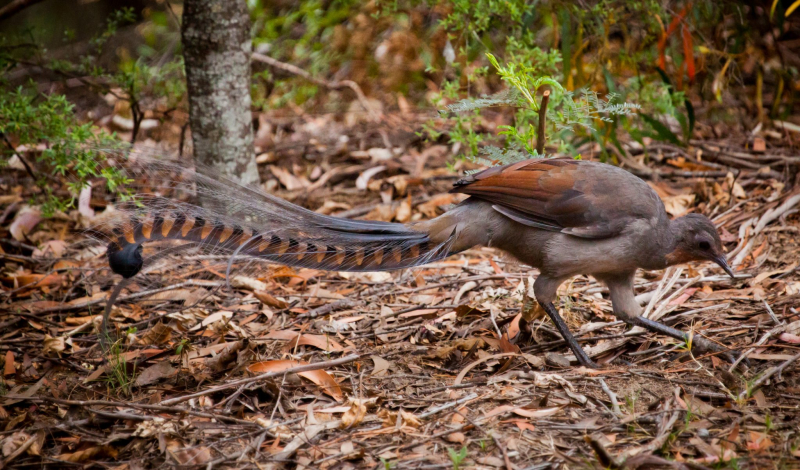
https://www.australiangeographic.com.au 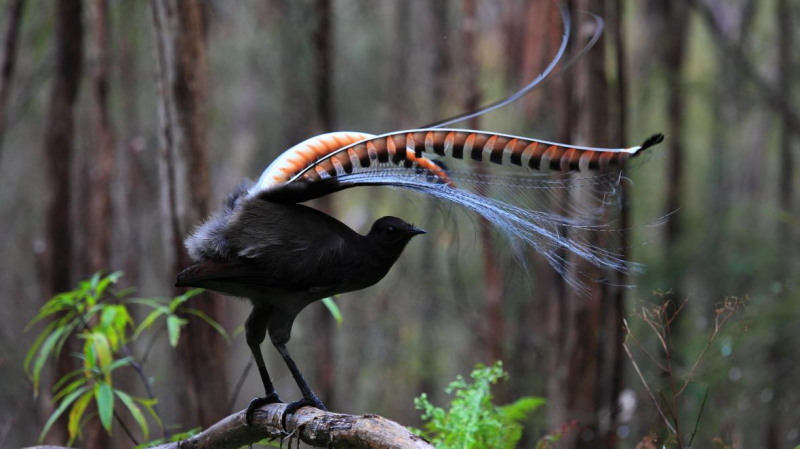
https://www.thetimes.co.uk/ -
A marine gastropod belonging to the Plakobranchidae family is called Elysia marginata. It is renowned for having the ability to autotomize its heart from its head and then regenerate both its entire body and heart. Who the hell even knows what the Elysia marginata is, thus most people aren't likely to choose it as their favorite animal? It's a type of sea slug or nudibranch, and this amazing superpower belongs to this odd little creature. This monster, like Deadpool, can endure almost anything and, when necessary, is not afraid to exceed its physical limits. For example, it can and will cut off its own head.
According to scientists, the procedure might be used to address issues like parasites. The slug simply cuts off its head from its own body and begins the process of developing a brand-new body from the head. It will return in perfect condition, replete with all of the critical organs, and the slug can continue to live.
Kingdom: Animalia
Phylum: Mollusca
Class: Gastropoda
Subclass: Heterobranchia
Family: Plakobranchidae
Genus: Elysia
Species: E. marginata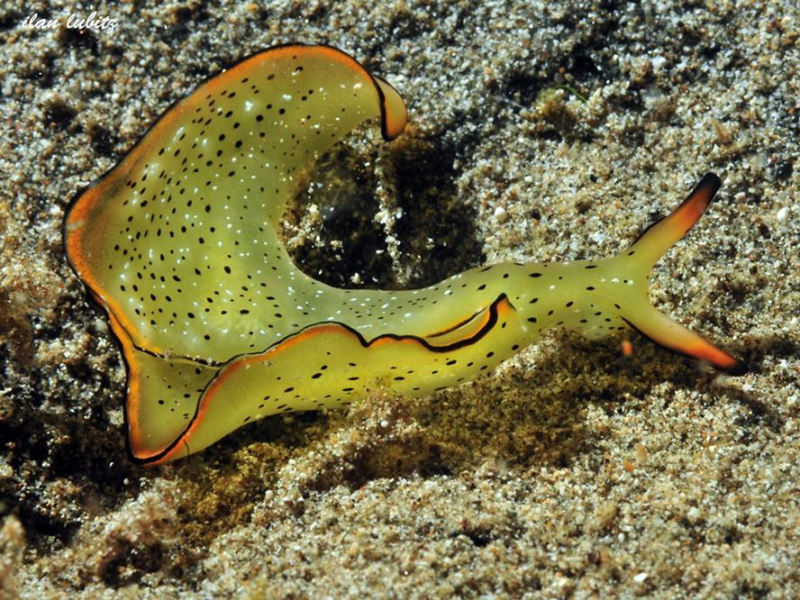
http://www.medslugs.de/ 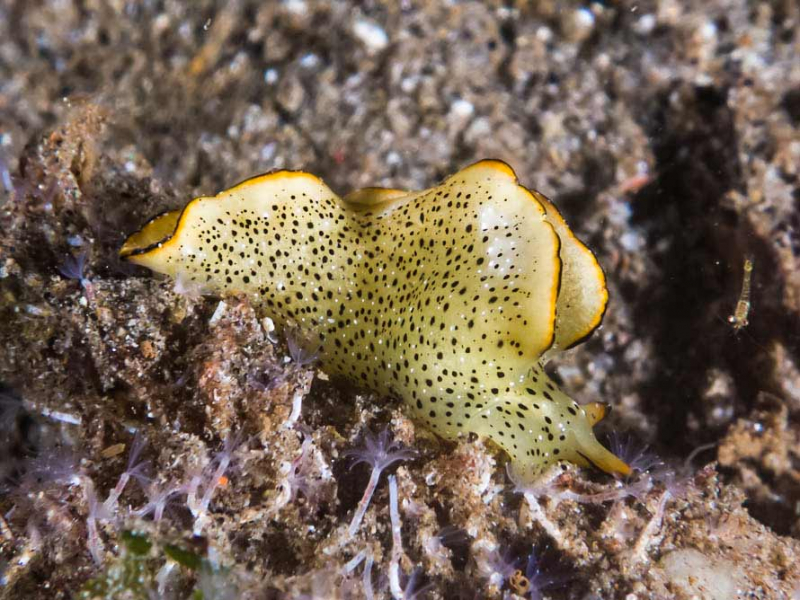
http://www.nudibranch.org/ -
Most of us have some passing familiarity with alphas in animal society. The "top" animal in a hierarchy, or boss in human terms, is an alpha. We've largely incorporated the term negatively into human civilization. Most people believe an alpha guy to be a bully. And being an alpha involves much more than just being the loudest or toughest.
First of all, an alpha wolf does not exist. That doesn't occur in nature, and our understanding of how wolf societies operate was based on studies of wolves kept in captivity. However, certain species do have dominant individuals, and mandrill baboons are one of these.
It is impossible to overstate how different an alpha male and a beta male are from one another, and no situation makes this contrast more obvious than when a beta male defeats an alpha. When alpha rank is attained, a beta male experiences physical changes that can be seen.
The beta male becomes an alpha just by winning a fight. An increase in testosterone production is one aspect of this. In order to draw the attention of more women, his testicles enlarge and their faces and genitalia become more sexually colored in red.Kingdom: Animalia
Phylum: Chordata
Class: Mammalia
Order: Primates
Suborder: Haplorhini
Infraorder: Simiiformes
Family: Cercopithecidae
Genus: Mandrillus
Species: M. sphinx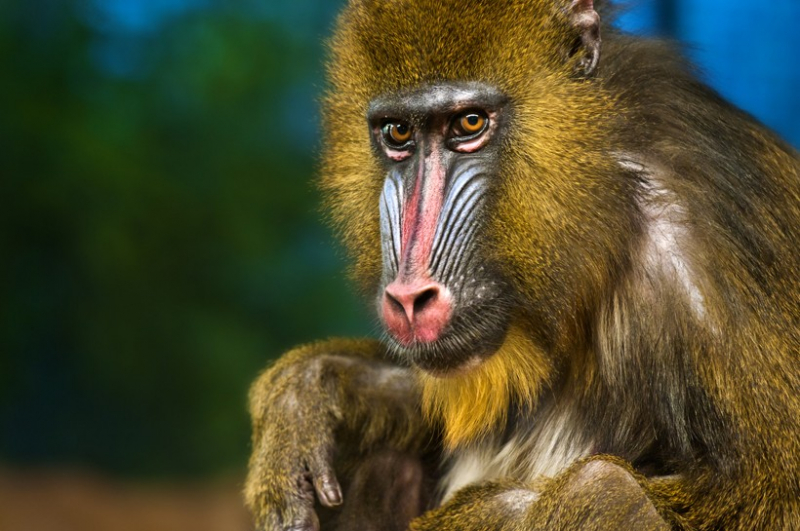
https://gustavobultaco.com/ 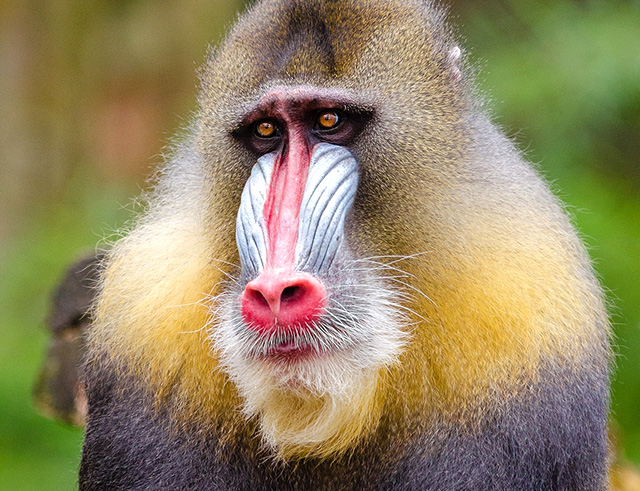
https://babianer.se/ -
In the US, 13% of persons have hearing loss in either one or both ears. With it, there would be about 30 million people. Finding a solution that might resolve the problem and restore hearing is a huge industry. Nature may hold the key, as it has been discovered that birds cannot become permanently deaf. The explanation for this is that their ears can heal themselves after being damaged.
That's it, if there is damage to the hair-like cells in your brain that carry vibrations for your brain to perceive as sound. If they are all destroyed, your hearing could be lost forever. However, when their cells are damaged, birds and some reptiles and amphibians simply produce new ones. Unlocking the science behind it might result in a cure for what used to be human hearing loss that was permanent.
It is a way to travel, even if the science is complicated and there are many obstacles to clear before it might possibly assist mankind. For now, just remember that if you ever encounter a deaf bird, it won't stay that way for very long.Kingdom: Animalia
Phylum: Chordata
Clade: Sauropsida
Clade: Avemetatarsalia
Clade: Ornithurae
Class: Aves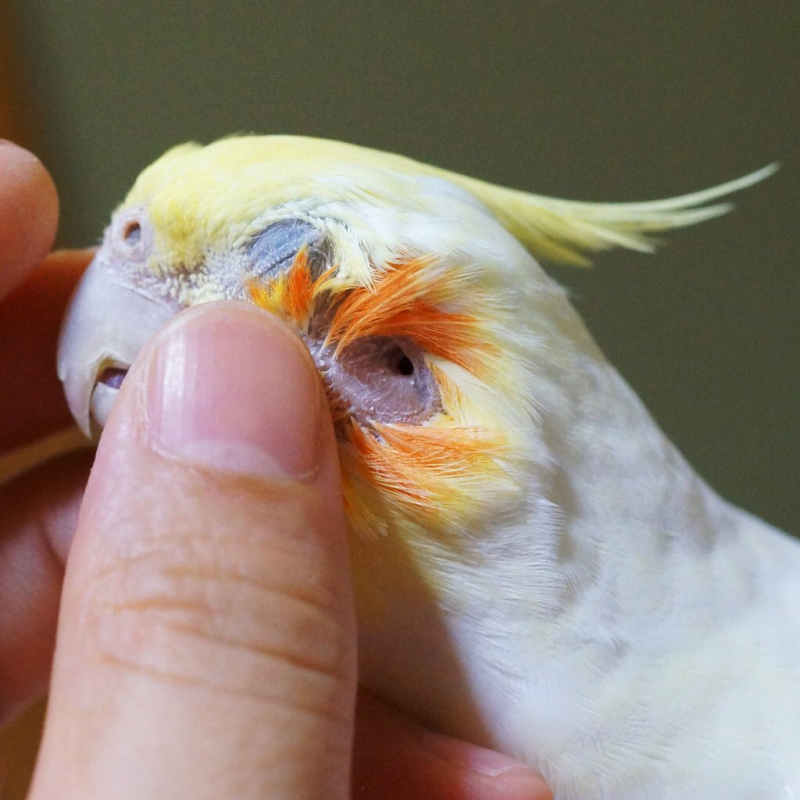
https://birdscoo.com/ 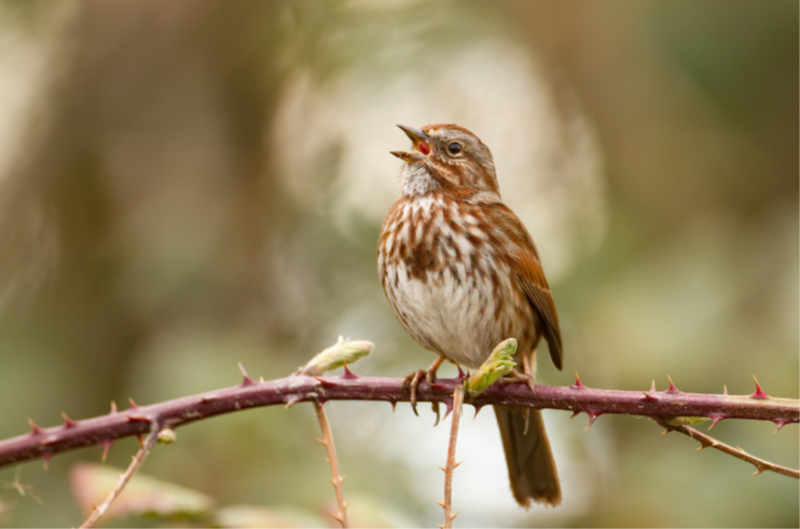
https://wcblind.org -
A hummingbird may not seem like a powerful natural force to you, but in terms of strength and endurance, it can even put the best athletes in the world to shame. These birds are little machines when it comes to what they do throughout the day, despite the fact that they only weigh a few ounces. The daily calorie expenditure for a hummingbird ranges from 6,000 to 12,000 calories. The daily calorie expenditure of the typical male is about 2,000. An Olympian might expend 4,500 calories. You might say that Dwayne "The Rock" Johnson is almost half a hummingbird because he needs to eat over 5,000 calories a day to maintain his physique.
Why would a hummingbird need so many calories? Every year, the ruby-throated hummingbird must migrate, and it opts to cross the Gulf of Mexico to do so. The bird may cover 500 miles of ocean in one lengthy trip over open water, which lasts for almost a full day. The little fellows must put on weight before the flight because they will lose half of their body weight.
Kingdom: Animalia
Phylum: Chordata
Class: Aves
Order: Apodiformes
Family: Trochilidae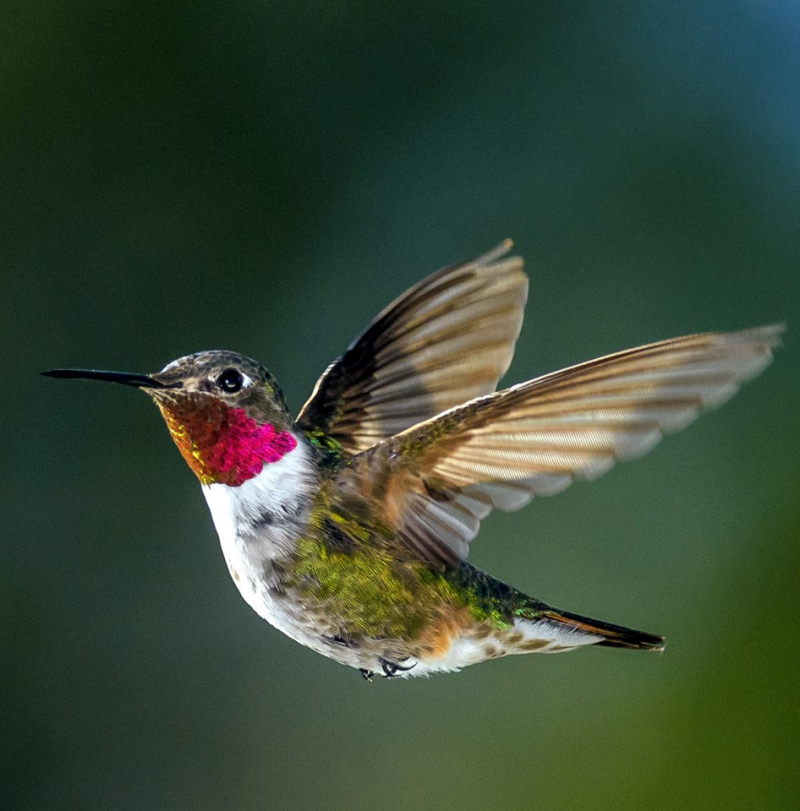
https://mowryjournal.com/ 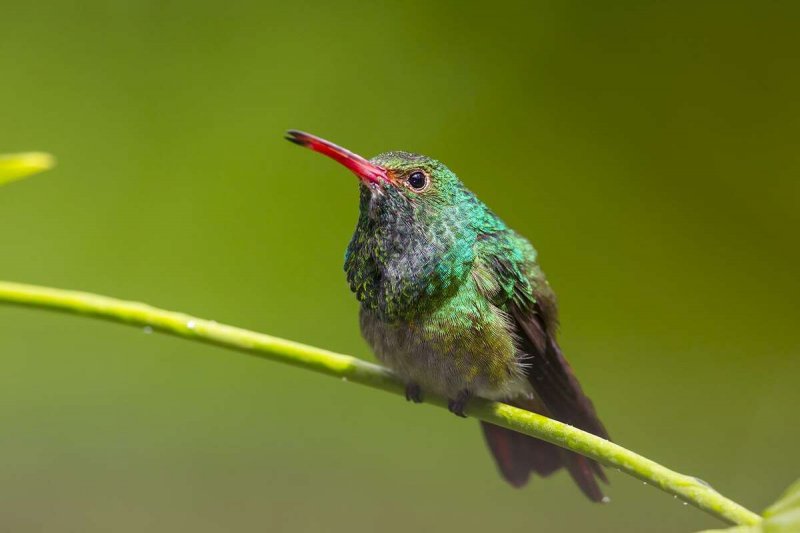
https://www.houstonchronicle.com -
Even what we do know about the oceans is quite astonishing, and there are still many mysteries that remain. Take a look at the timid dolphin. It has been demonstrated that this highly intelligent creature can perform some incredible feats, including as assisting humans in their fish-hunting efforts and saving people from shark attacks. But have you ever paused to consider how something as basic as napping is accomplished by a dolphin?
Like all mammals, dolphins require air to breathe. When you pass out in the middle of the ocean, how do you do that? Dolphins calculate things using fractions. They may individually turn off each hemisphere of their brains. That means that while the right half of their brain is awake and monitoring their safety, the left half may be sleeping.
In a very basic fashion, this enables them to continue swimming gently while dozing off while keeping one eye up. This is essential for new mothers as well, since a baby cannot stop swimming without sinking. The mother carries on swimming while towing the child in her slipstream. Humans breathe spontaneously, but dolphins actively control their breathing. People avoid suffocating in our sleep because of this. But in order to manage this behavior, a dolphin must always be at least partially conscious.Kingdom: Animalia
Class: Cetacea
Order: Cetaceans
Family: Delphinidae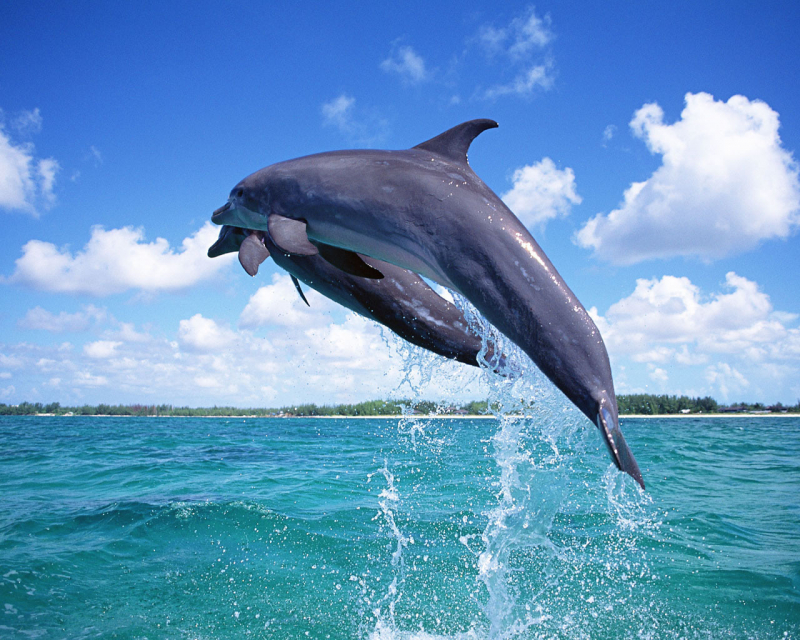
http://www.fanpop.com 
http://pictures.4ever.eu -
Flight is one of the most fundamental yet admired superpowers. It's no wonder that flying superheroes are so common these days because mankind has always envied birds of the sky and their alleged freedom. The fact that a life form that shouldn't be able to fly has mastered flight is amazing. Consider spiders as an example.
Some spider species exhibit a phenomenon known as ballooning. They bend their bums upward and shoot web strands into the abyss. The spider is lifted by the webbing and carried away. By doing this, they can even cross oceans. Even while it alone is noteworthy, it merits further examination.
After reading this, you might believe that the wind is responsible for the spiders' ascent. Previously, scientists also held that belief. But spiders can't really rely on a breeze's erratic behavior, can they? The wind is not at all necessary for ballooning, though it is certainly a possibility. The Earth's electric field, however, enables the silk strands they produce to hoist them aloft even on a calm day.
It turns out that spiders have extremely precise electrical field sensitivity. Their body hairs can actually sense changes in electrical fields, and under the correct circumstances, they can release silk strands that will be attracted to a charged thread and carried upward and away.Kingdom: Animalia
Phylum: Arthropoda
Subphylum: Chelicerata
Class: Arachnida
Order: Araneae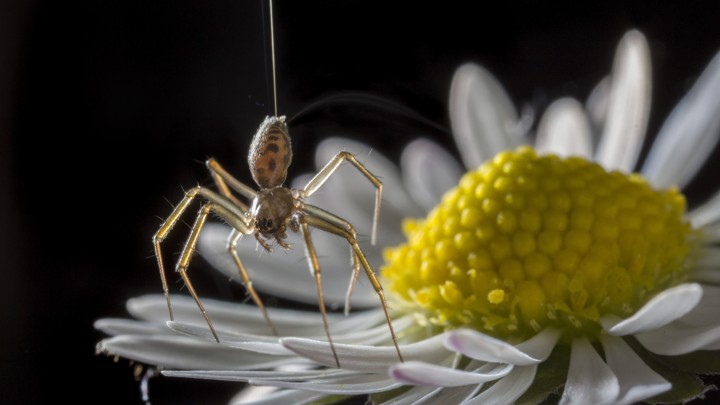
https://www.theatlantic.com/ National Geographic channel on Youtube































